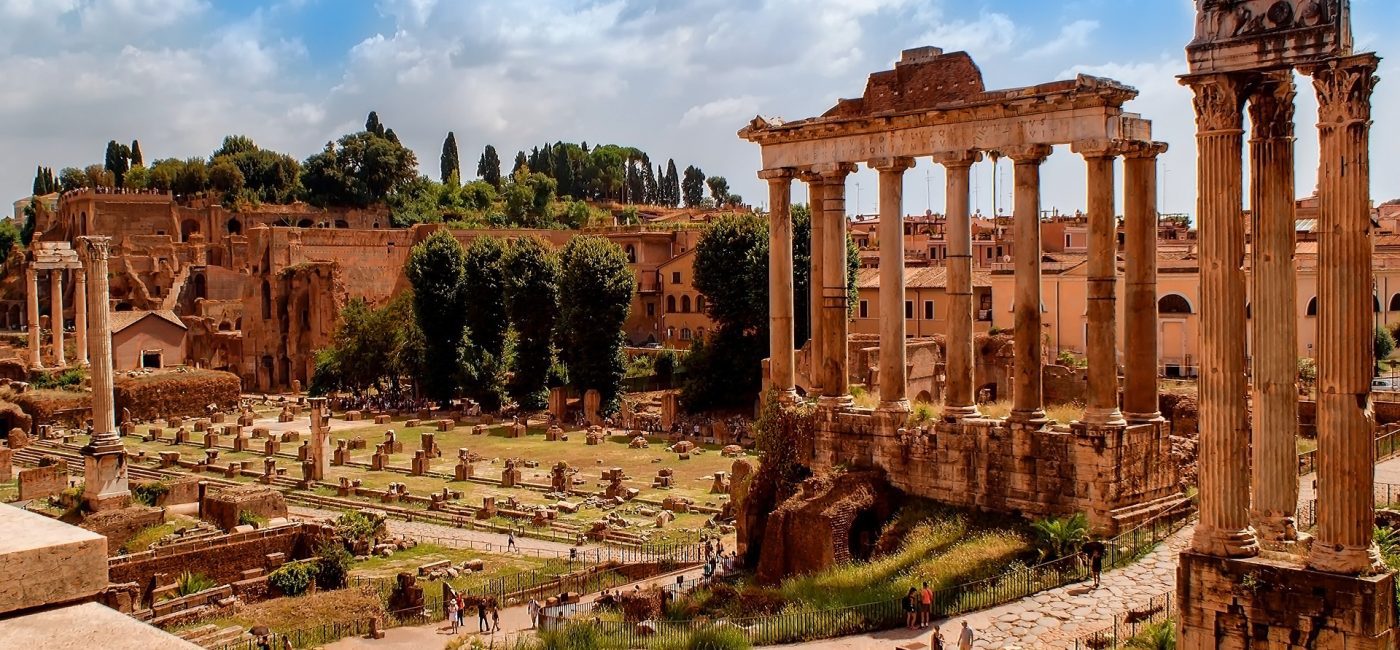Nestled on the banks of the Tiber River, Rome stands as a living testament to the resilience, grandeur, and cultural richness of human civilization. With a history spanning over two and a half millennia, this ancient city has witnessed the rise and fall of empires, the birth of influential ideologies, and the creation of some of the world’s most enduring art and architecture. Join us on a captivating journey through the annals of Rome’s storied past.
I. The Birth of a Legend:
Legend has it that Rome was founded by the twin brothers Romulus and Remus in 753 BCE. This modest settlement would go on to become one of the most powerful and influential cities in the ancient world. Over the centuries, Rome evolved from a small village on the Palatine Hill into a sprawling metropolis that would dominate the Mediterranean.
II. The Roman Republic:
Around 509 BCE, Rome transitioned from a monarchy to a republic. This marked a pivotal moment in Roman history, as it established a system of governance characterized by elected officials and a balance of power. The Roman Republic saw the expansion of Roman territory through military conquests, the establishment of a complex legal system, and the emergence of influential figures like Julius Caesar and Cicero.
III. The Age of Empire:
In 27 BCE, Octavian, later known as Augustus, became the first Roman Emperor. This heralded the beginning of the Roman Empire, a period of unprecedented prosperity, architectural innovation, and cultural achievement. The Pax Romana, a period of relative peace and stability, allowed for flourishing trade, technological advancements, and the construction of iconic landmarks such as the Colosseum and the Roman Forum.
IV. The Spread of Roman Influence:
The Roman Empire stretched across three continents, leaving an indelible mark on the cultures and societies it encountered. From Britannia to Egypt, Roman engineering, governance, and culture left a lasting legacy that continues to influence the world to this day.
V. The Decline and Fall:
In the 4th century CE, the Roman Empire faced internal strife, economic challenges, and external pressures from barbarian invasions. The Western Roman Empire eventually succumbed to these pressures in 476 CE, marking the end of ancient Rome. However, the Eastern Roman Empire, known as the Byzantine Empire, would endure for nearly a millennium.
VI. The Renaissance and the Papal States:
During the Middle Ages, Rome became the spiritual and cultural center of Christianity. The Papal States, a region governed by the Pope, played a significant role in European politics and religion. The Renaissance period saw a revival of classical art and culture, with Rome at its epicentre, giving birth to masterpieces like Michelangelo’s Sistine Chapel ceiling.
Conclusion:
Rome, with its unparalleled historical significance, continues to captivate the imagination of millions of visitors each year. From the ruins of the Roman Forum to the majesty of the Vatican City, the Eternal City’s legacy endures, reminding us that its influence on the course of human history is nothing short of extraordinary. As we walk its ancient streets, we are not just tourists, but participants in a living narrative that spans millennia, connecting us to the remarkable people and events that shaped the world we know today.
An opportunity to own a villa with historical links to the Vatican
Welcome to Villa “La Contessa”, an enchanting sanctuary nestled in the heart of Rome. This exquisite estate offers a tranquil escape from the bustling city life, combining luxurious family living with breath-taking gardens. Steeped in history and intricately connected to the Vatican, this remarkable property complex lies just moments away from the awe-inspiring St. Peter’s Basilica, spanning an expansive 3 hectares (30,000 sq m) of land.
What truly distinguishes this estate, however, lies hidden behind an iron-cast gate—a precious secret that unveils catacombs deep beneath the grounds. These catacombs hold the remains of two Popes, known as “Two Feliks.” In 274 AD, Pope Felix I was interred there, followed by the addition of the remains of Pope Felix II in 365 AD, infamous for being an antipope. The historical significance of these catacombs has resulted in the keys to the gate being entrusted to the Vatican’s archaeological team – Read more

